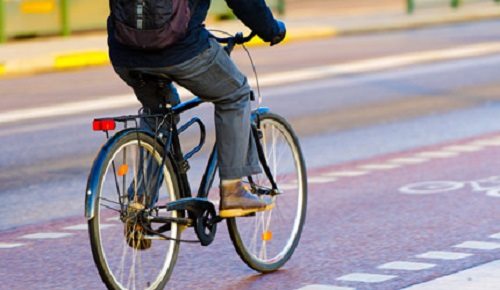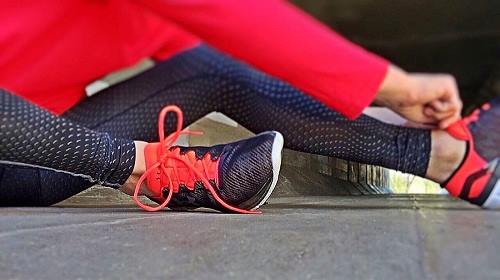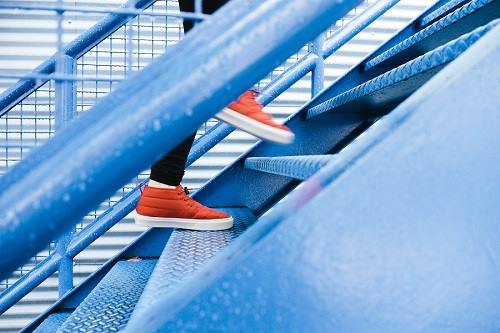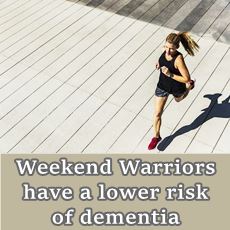Get Fit & Lean
Physical activity and Exercise, the keys to fitness
Fact Checked
×All the content published in our website is fact checked to validate its accuracy.
Visit our guidelines web page to learn more about our strict processes regarding how we review our content's sources: reliable and reputable journals, media websites, universities, colleges, organizations, and professionals.
Our articles are based on scientific evidence, and the references are included in its footnotes, which are clickable links to sound scientific papers.
First published: 11.Oct.2018
Excercise to be in better shape
Obesity is the modern scourge, it affects people all over the world. In America, one out of three adults is obese (30 years ago it only affected 15% of Americans).
Being overweight or obese increases your health risk and increases the chances of suffering from serious health conditions like heart disease, diabetes, and even cancer.
Getting in shape by losing weight and shedding visceral fat, will build up your muscles' resistance and strength and also improve your blood pressure, reduce "bad" cholesterol, enhance "good" cholesterol, and triglycerides levels in your bloodstream. It will also improve your blood sugar and ward off insulin resistance.
Your joints will benefit from not having to support the extra weight, and you overall will feel more energetic and vigorous.
Getting into shape and feeling fit is not as complicated as it sounds. This article gives some tips, advice, and links to resources that can help you improve your fitness.
References and Further Reading
(1) J Pearn, (1980). How long does it take to become fit? Br Med J. 1980 Dec 6; 281(6254): 1522-1524
(2) Scharhag-Rosenberger, F., Meyer, T., Walitzek, S and Kindremann, W., (2009). Time Course of Changes in Endurance Capacity: A 1-yr Training Study, Medicine & Science in Sports & Exercise: May 2009 - Vol 41:5 p 1130-1137, doi: 10.1249/MSS.0b013e3181935a11
(3) O'Donovan G, Petermann-Rocha F, Ferrari G, et al, (2024). Associations of the 'weekend warrior' physical activity pattern with mild dementia: findings from the Mexico City Prospective Study. British Journal of Sports Medicine Published Online First: 29 October 2024. doi: 10.1136/bjsports-2024-108460
NHS, (2018). Physical activity guidelines for adults, last reviewed: 30.05.2018, accessed: 04 Oct 2023
Dietary Guidelines 2015-2020 - Appendix 1. Physical Activity Guidelines for Americans. Accessed 04 Oct 2023.
About this Article
Get Fit & Lean, A. Whittall
©2023 Fit-and-Well.com. First published. 11.Oct.2018. Updated: 05.Nov.2024. Next Update scheduled for 06 Nov. 2027. https://www.fit-and-well.com/fitness/fit-get-lean.html
Tags: fitness, exercise, walking, weight loss, belly fat.








